Recently, I was listening to ZZ Top's iconic song "I Heard It on the X," which reminded me of the intriguing world of illegal radio stations along the U.S.-Mexico border. This got me thinking about the phenomenon of coded radio messages that have been broadcasted over the years. If you're curious about these fascinating topics, let's dive in!
Border Blasters and Radio Power
The term "border blaster" refers to high-powered Mexican radio stations that broadcast across the border into the United States. Stations like XERF in Ciudad Acuña were famous for their enormous power output—often up to 500,000 watts. This is significantly more than the 50,000 watts typically permitted for U.S. stations. Despite their power, these stations were operating legally under Mexican regulations. The immense signal strength allowed them to reach far beyond their geographical location, making them famous for their wide coverage.
The power of these stations wasn't just impressive; it was also a form of rebellion against stricter U.S. broadcasting limits. While the stations operated from Mexico, their signals could be heard throughout North America, and their presence was often felt in places as far as Chicago. However, changes in broadcasting regulations and technology have reduced their dominance over the years.
Numbers Stations: Mysterious Broadcasts
Another intriguing aspect is the phenomenon of "numbers stations." These stations have been around since World War I and broadcast seemingly random sequences of numbers and letters. They are believed to be used for espionage, transmitting coded messages to spies in the field. The messages are encoded using a "one-time pad," which makes them virtually unbreakable if used correctly.
Listeners who tune into these frequencies often hear eerie, ghostly voices reading out numbers in various languages. Despite their long history, the true purpose and recipients of these broadcasts remain a mystery to the public. There are even films and documentaries exploring the enigma of numbers stations, highlighting their continuing allure.
Pirate Radio and Modern Analogues
Pirate radio stations, which operate without official licenses, are another form of illegal broadcasting. These stations can be found both on AM and FM bands, often transmitting from international waters or hidden locations to evade authorities. Radio Caroline and Radio New York International are well-known examples of pirate stations that once operated openly but have since become less common.
In the U.S., certain frequencies, like FM 87.9, are unlicensed and often used by these rogue broadcasters. Although less common today, pirate radio still captures the imagination of enthusiasts and serves as a reminder of the rebellious spirit of early radio broadcasting.
Conclusion
From powerful border blasters to mysterious numbers stations and modern-day pirates, the world of radio broadcasting is rich with history and intrigue. Each of these phenomena reflects a unique aspect of the radio landscape, from technical innovations to covert communications. Whether you're a long-time radio aficionado or new to the subject, exploring these topics offers a fascinating glimpse into the evolution and impact of radio.
Thanks for reading! For more supporting information and updates, please visit talkpod.com.

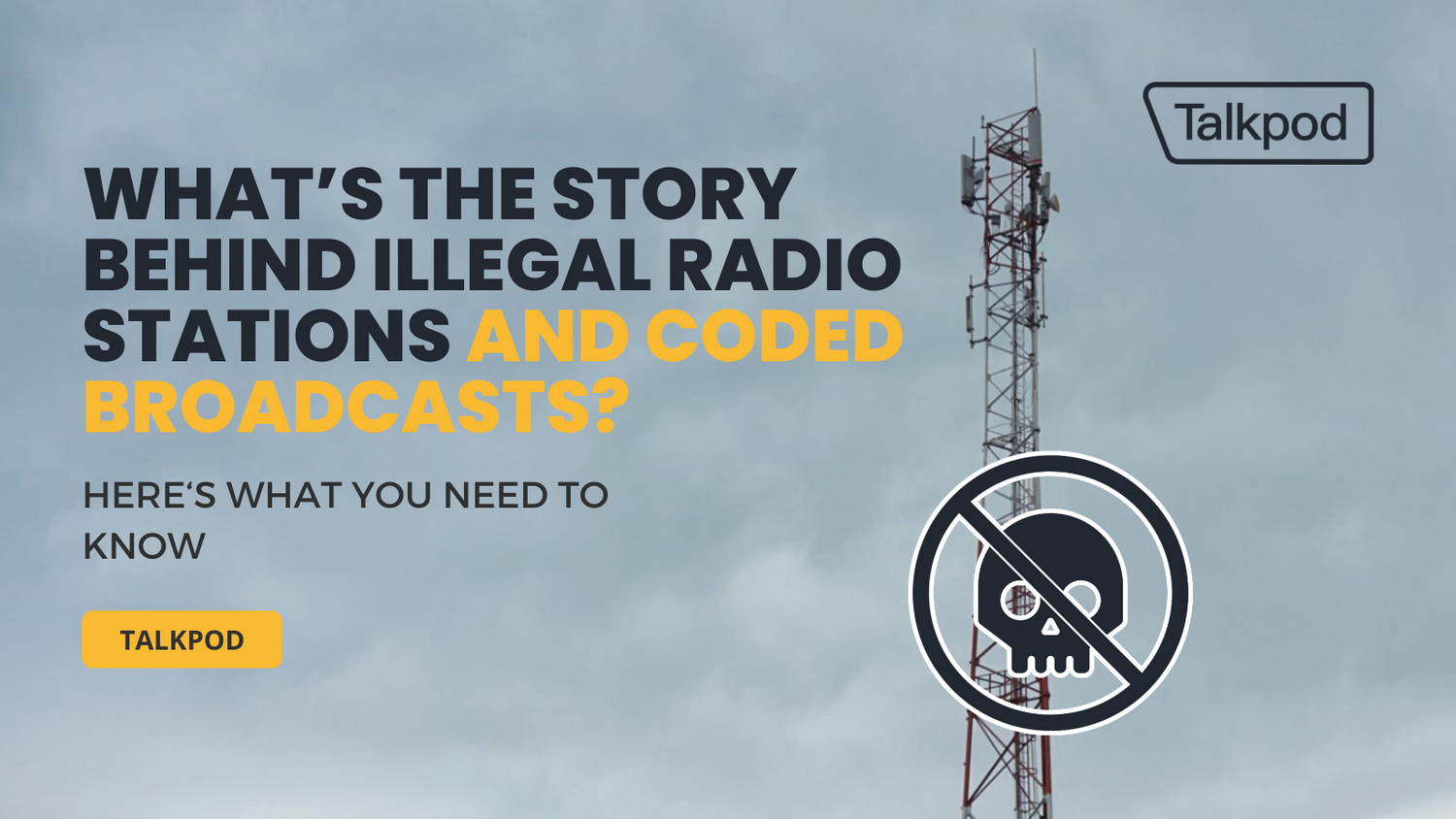
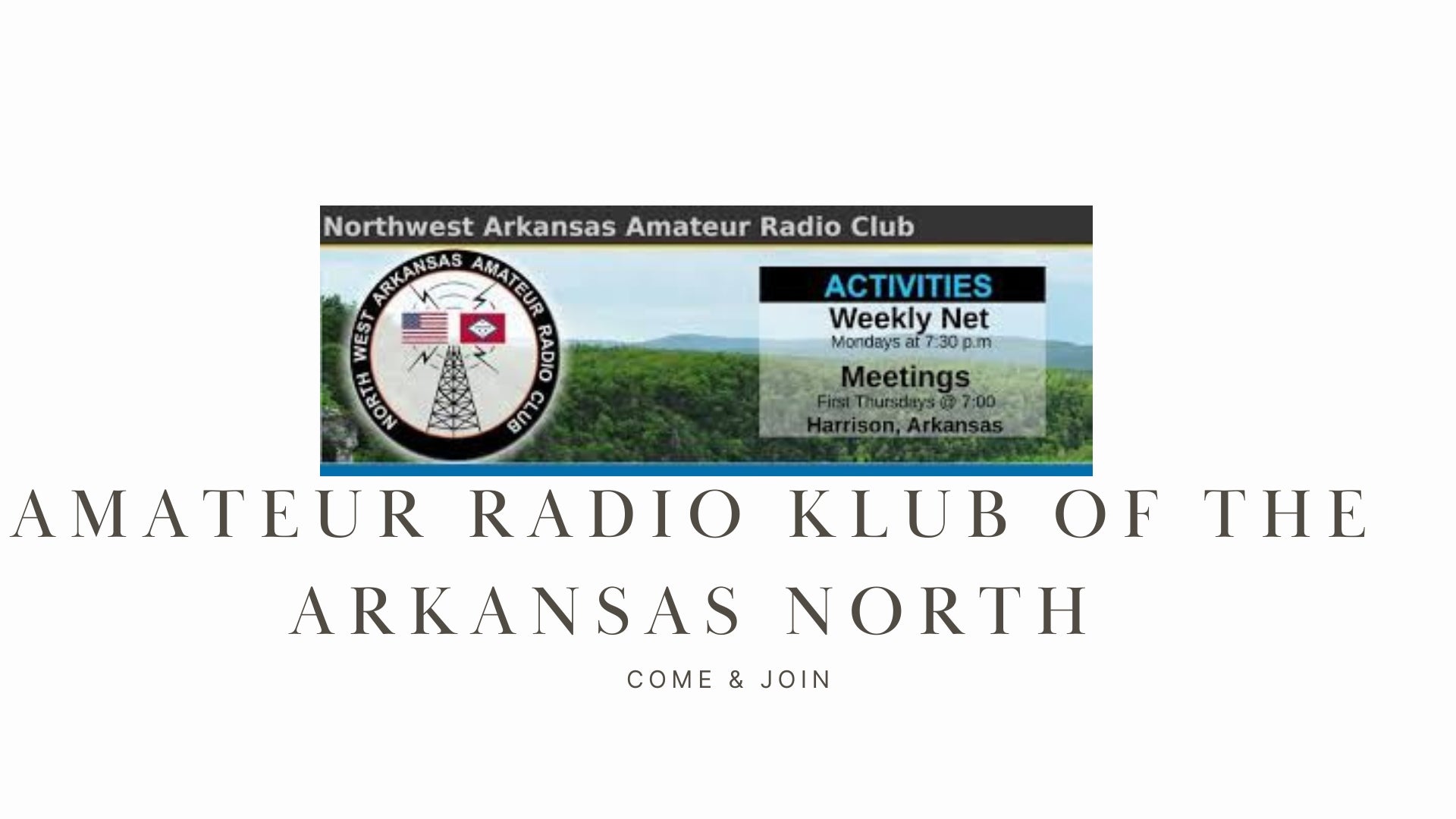
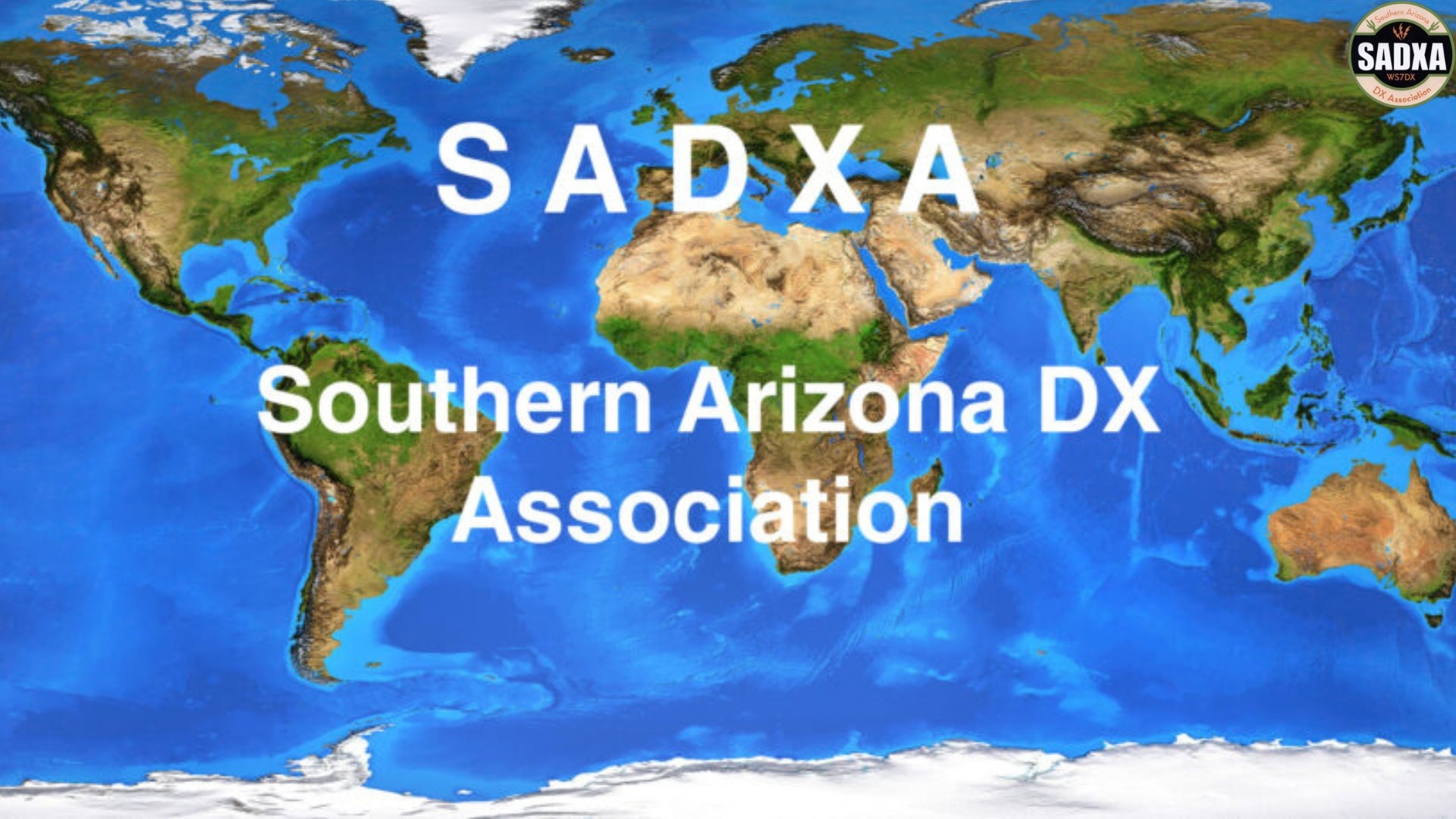
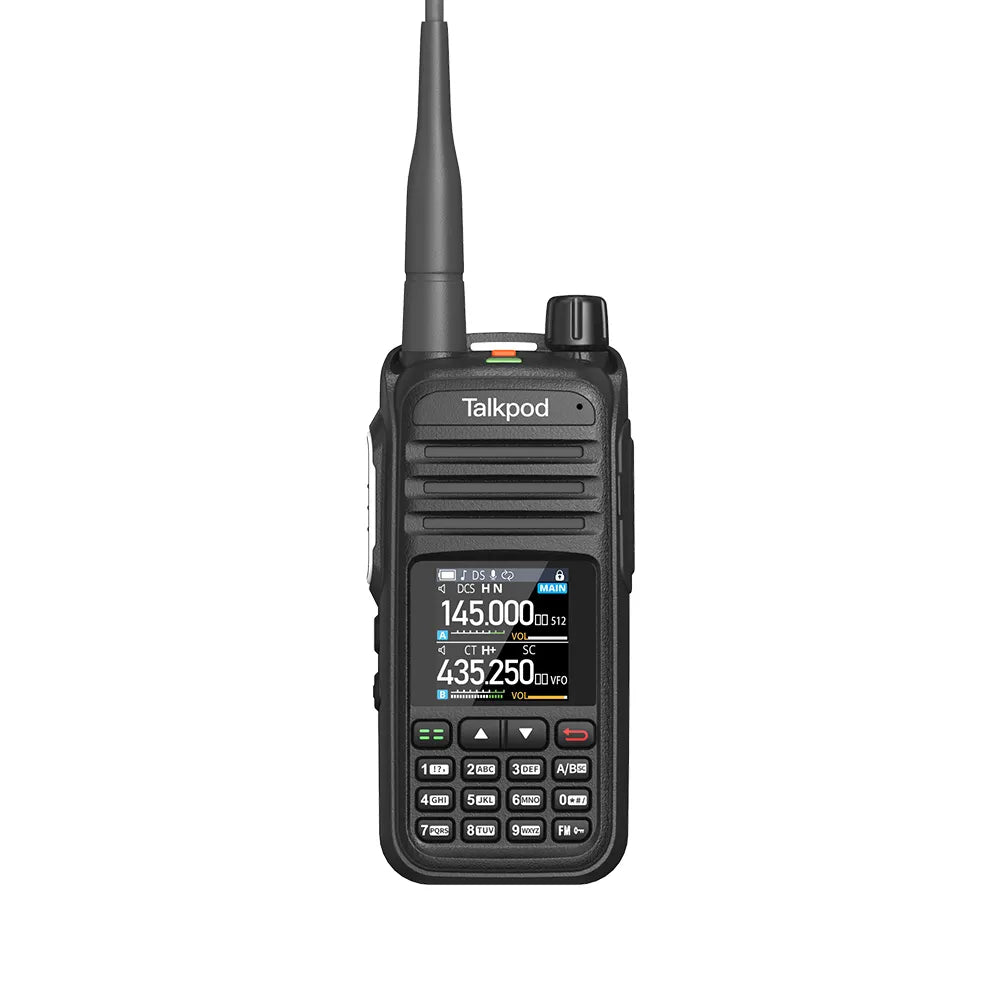
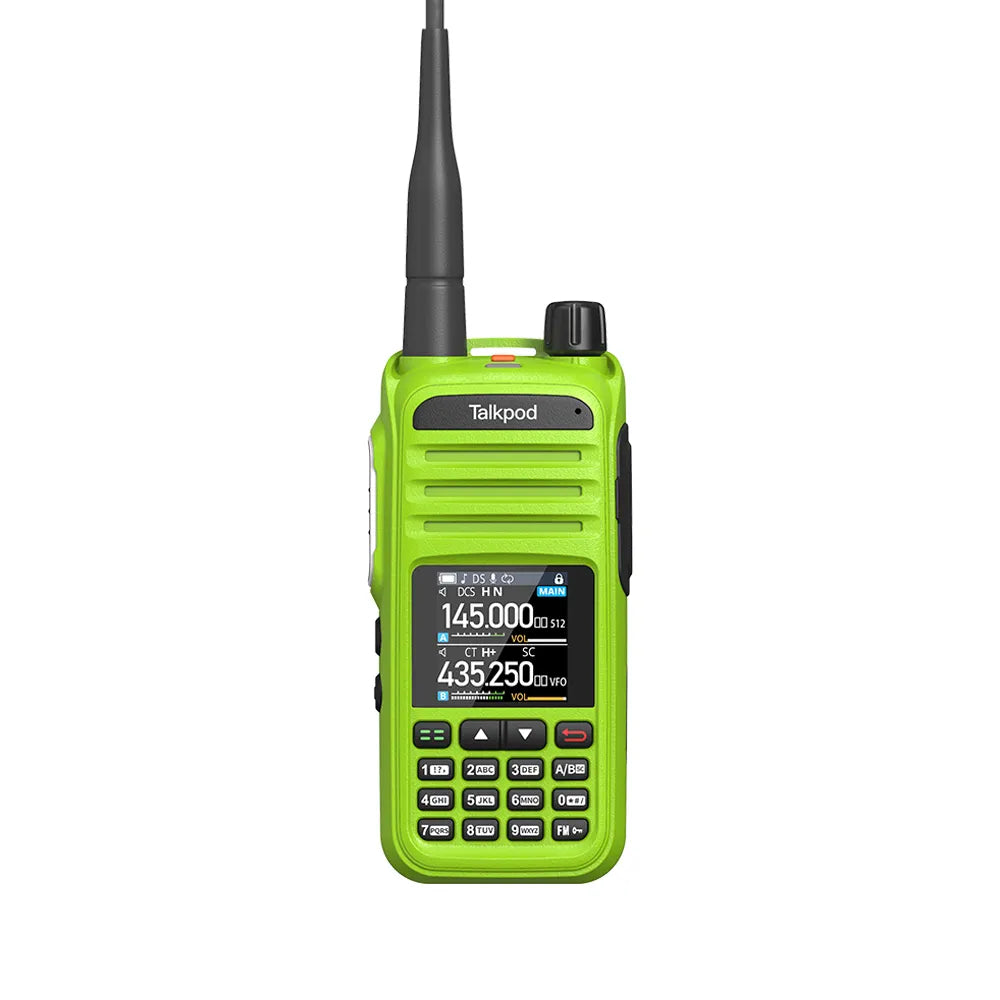


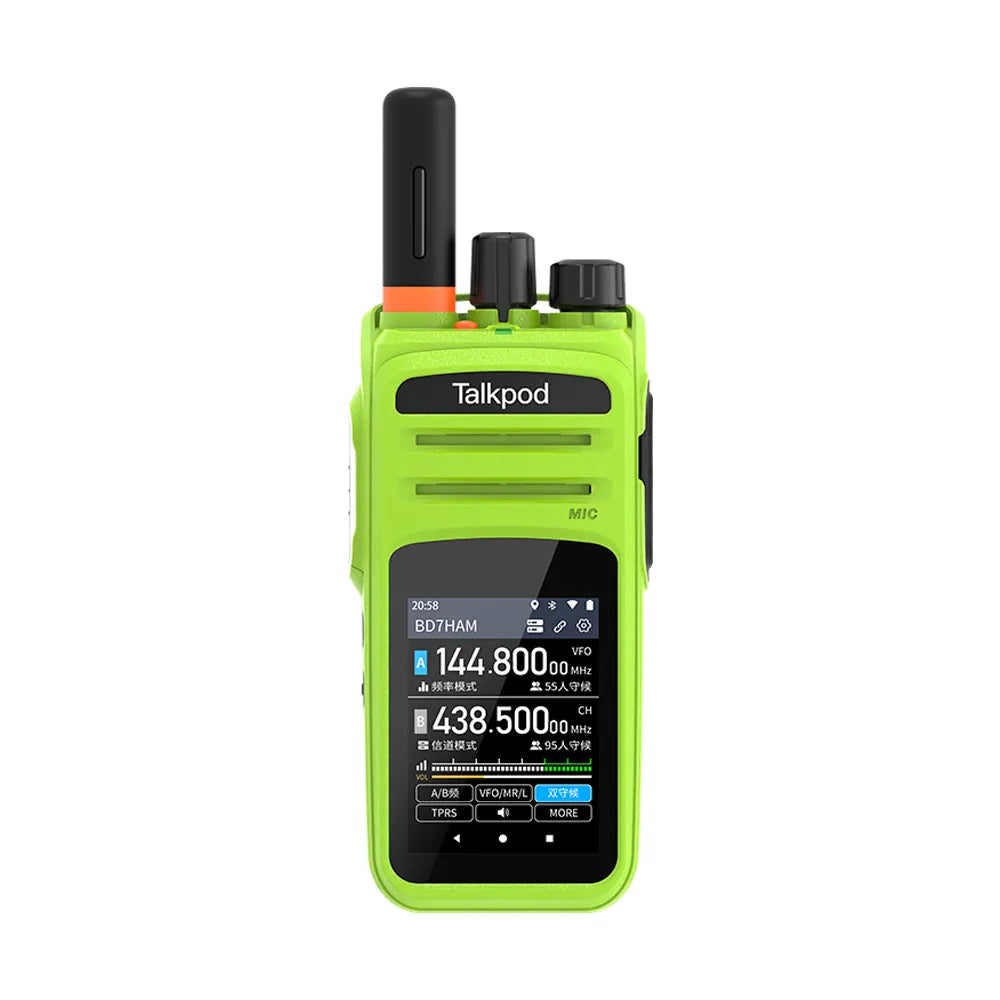
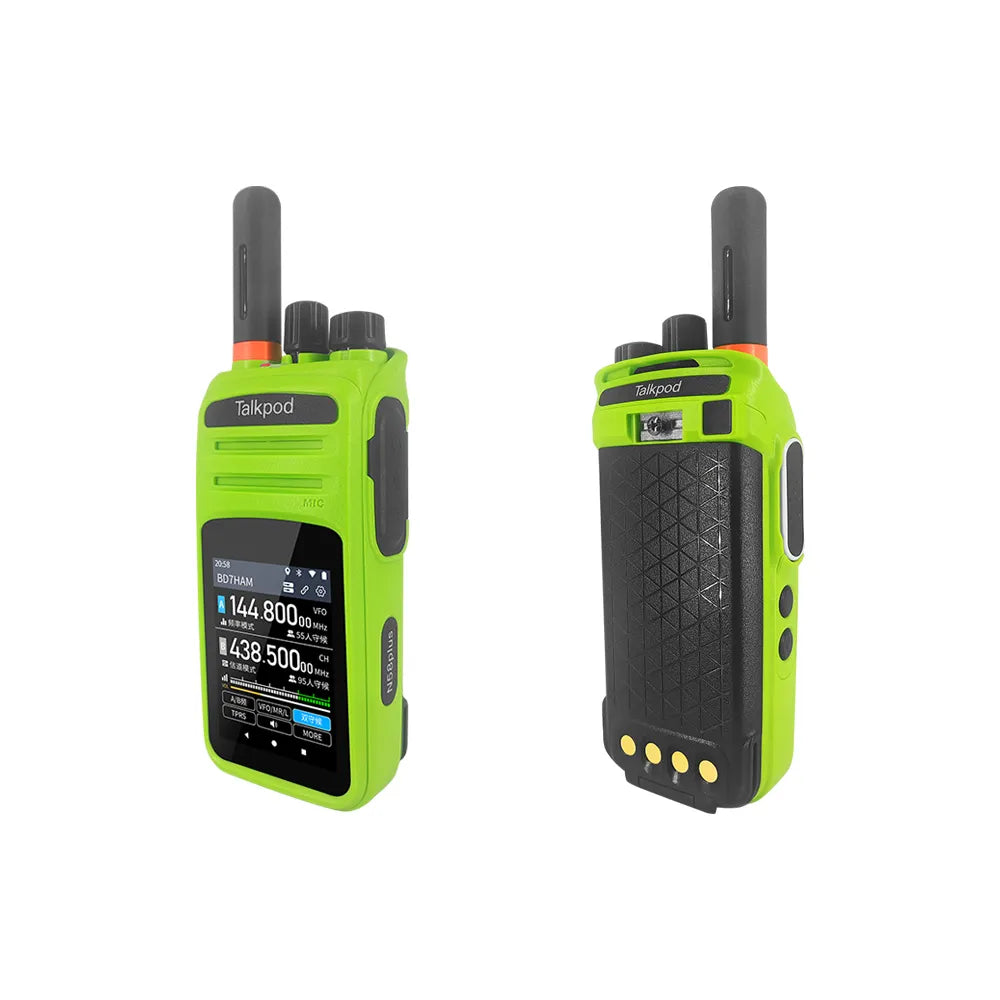
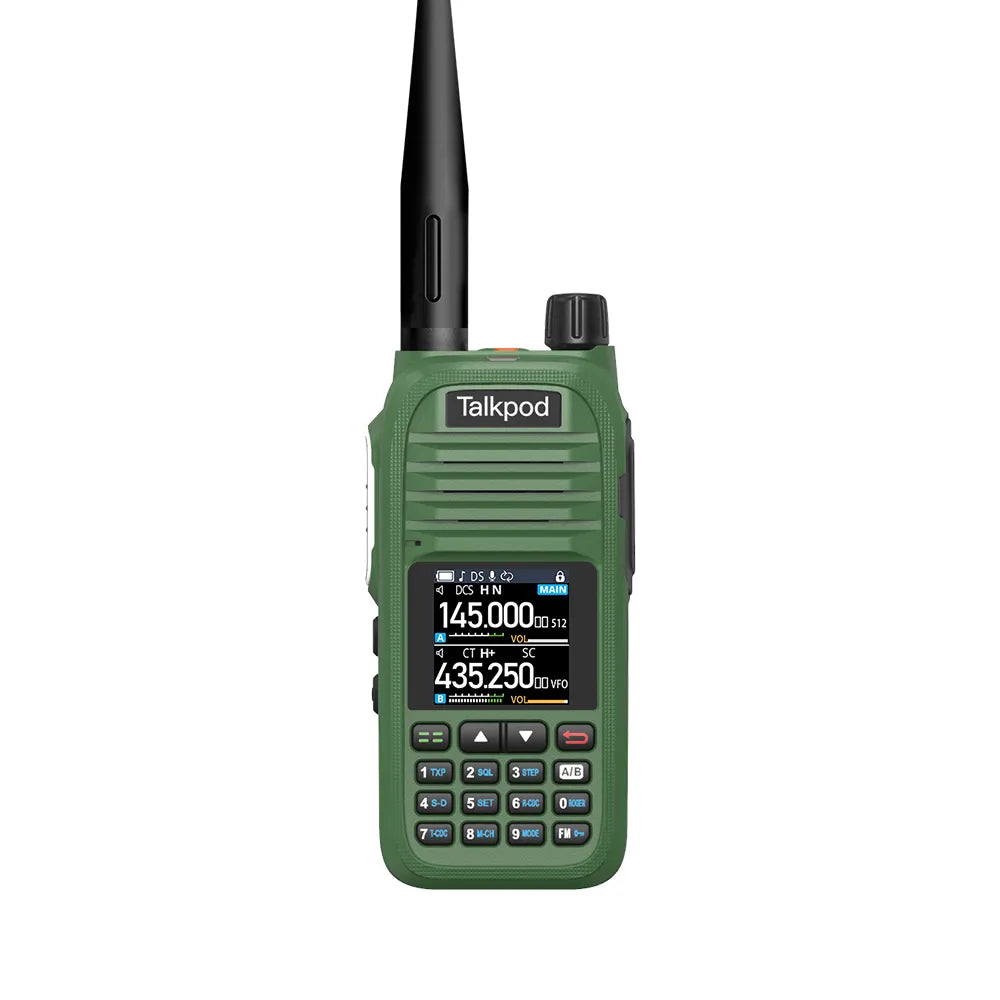
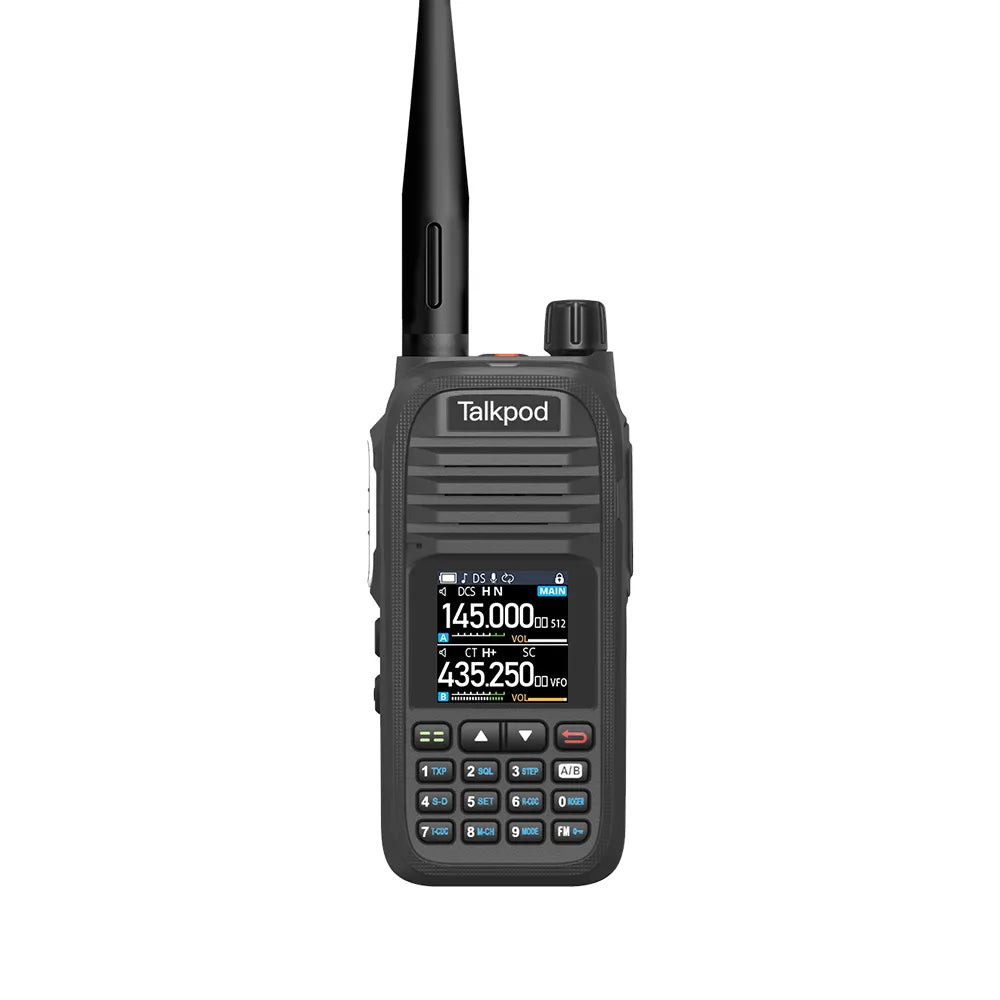
Leave a comment
All comments are moderated before being published.
This site is protected by hCaptcha and the hCaptcha Privacy Policy and Terms of Service apply.